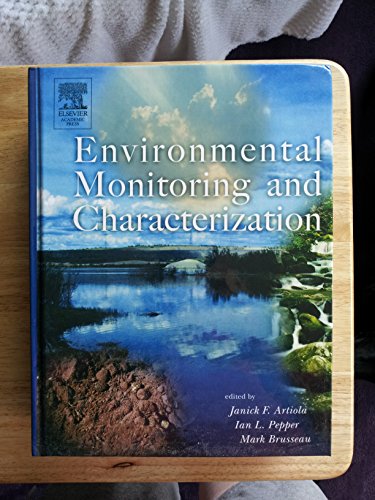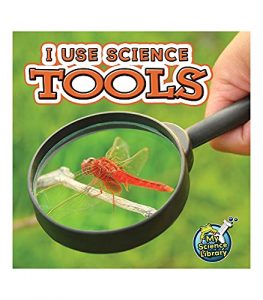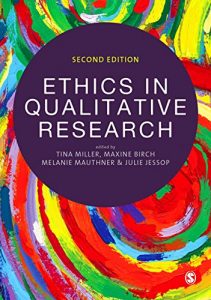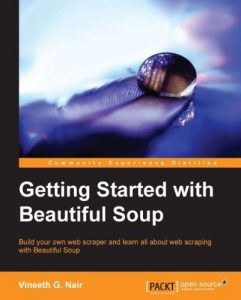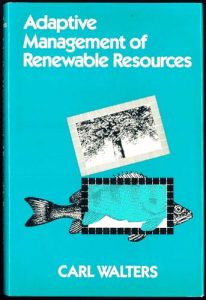Exploring Environmental Monitoring Technology
In our rapidly changing world, the importance of environmental monitoring cannot be overstated. As industries and communities strive for sustainability, the need for reliable and innovative monitoring technologies grows stronger. These resources not only aid in understanding environmental changes but also empower decision-makers to take proactive steps towards conservation and remediation strategies.
Today, we delve into a selection of informative books that illuminate the field of environmental monitoring technology. Whether you’re an engineer, a researcher, or a passionate environmentalist, these titles promise to enhance your knowledge and equip you with the tools necessary to make an impact. Let’s embark on this enlightening journey through literature!
Featured Books
Environmental Monitoring and Characterization
Authoritative and comprehensive, Environmental Monitoring and Characterization by Academic Press lays the groundwork for understanding various environmental monitoring techniques. This indispensable resource delves into methodologies for assessing environmental pollutants and their effects on ecosystems. With its evidence-based insights, readers can grasp complex concepts with clarity. Furthermore, the book offers practical examples and case studies that demonstrate real-world applications of the presented techniques. Whether you’re involved in regulatory compliance or academic research, this book is a must-have in your library.

Hazardous Materials Monitoring and Detection Devices
Moving to a specialized angle, Hazardous Materials Monitoring and Detection Devices provides intricate knowledge about the tools and technologies crucial for detecting harmful substances. This book by Jones & Bartlett Learning walks readers through various monitoring devices’ operational principles, applications, and regulatory standards. It’s particularly beneficial for environmental engineers and safety professionals seeking to deepen their understanding of hazardous materials. The detailed illustrations and industry-specific case studies make this title an essential guide for anyone working in risk management or environmental safety.

Continuous Emission Monitoring
Continuous Emission Monitoring by Wiley is a fundamental resource for understanding the methodologies and technologies surrounding emissions monitoring. This book evaluates the latest techniques for measuring and managing emissions from various sources, aiding organizations in mitigating their environmental impact. It serves not just as a reference text but as a call to action for industries to adopt best practices in emission controls. Students and professionals alike will find valuable insights on how these practices integrate into sustainability goals.

Statistical Methods for Environmental Pollution Monitoring
Statistical Methods for Environmental Pollution Monitoring provides key insights on how statistical analysis can be applied to environmental data. This book delves into essential methodologies that govern pollution data interpretation, ensuring readers are equipped with the skills to make data-driven decisions. Its focus on statistical significance and relevance in environmental science can propel advanced research endeavors. A perfect addition to the tools of every environmental scientist and policy maker.

Environmental Monitoring with Arduino: Building Simple Devices to Collect Data About the World Around Us
Environmental Monitoring with Arduino brings the realm of technology and environmental science closer together by teaching readers how to use Arduino to monitor environmental conditions. This book is perfect for hobbyists, educators, and budding scientists who wish to build DIY monitoring devices. It encourages innovation and empowers readers to engage with their surroundings actively. With step-by-step tutorials and DIY projects, this engaging read fulfills both educational and recreational purposes.

Water Quality Monitoring: A Practical Guide to the Design and Implementation of Freshwater Quality Studies and Monitoring Programmes
Lastly, Water Quality Monitoring offers a thorough guide on designing and implementing effective water quality monitoring programs. This practical resource stands out for its comprehensive approach, making it an essential read for environmental researchers, policy advisors, and governmental agencies. With real examples and practical methodologies discussed, this book equips readers with the necessary tools to implement impactful water quality studies. A cornerstone for anyone invested in managing and improving our freshwater resources.


